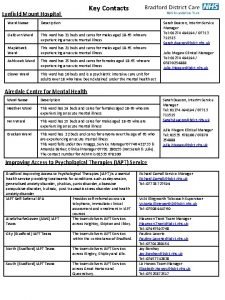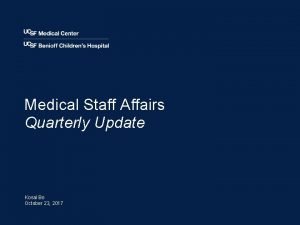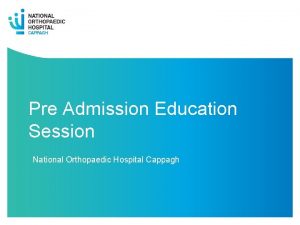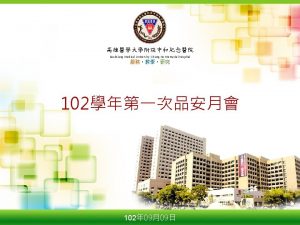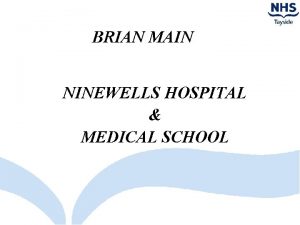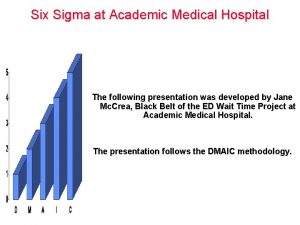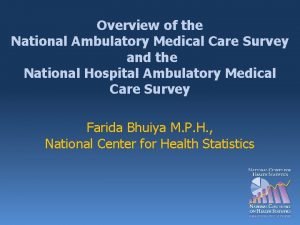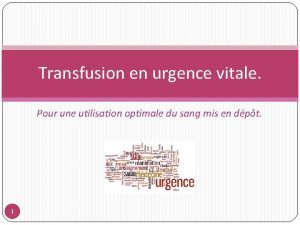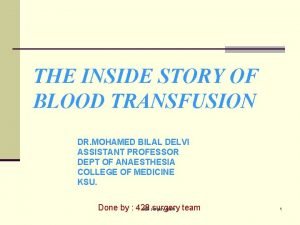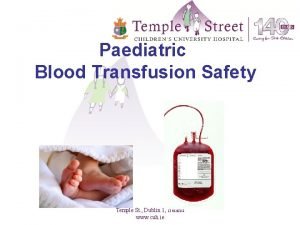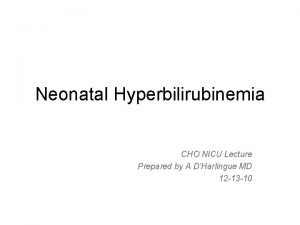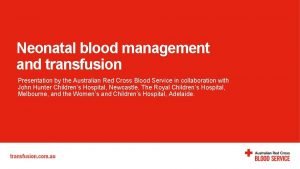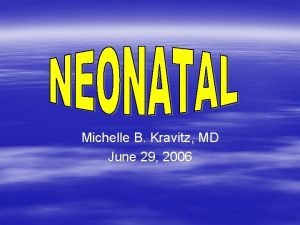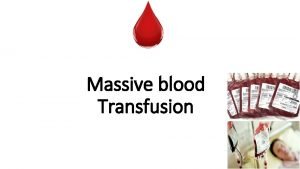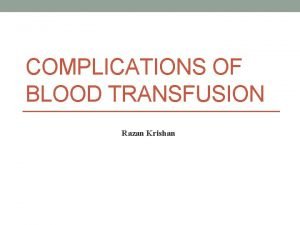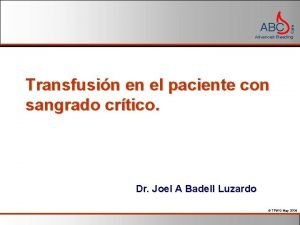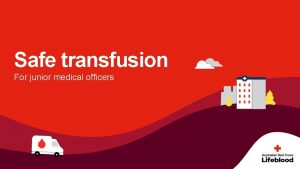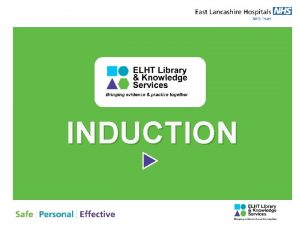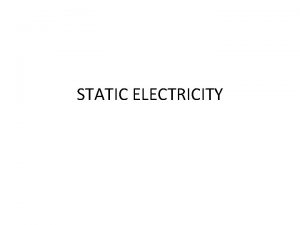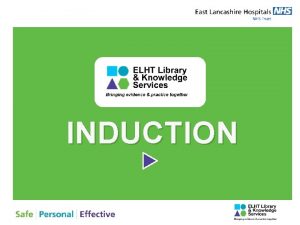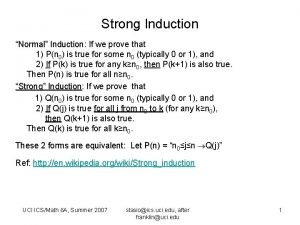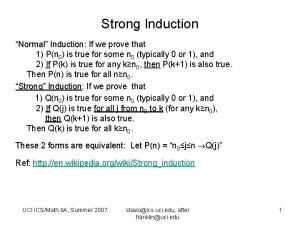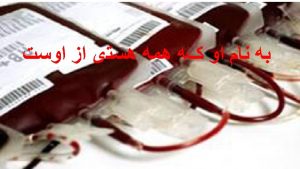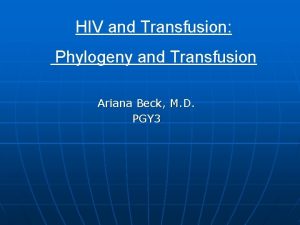RAIGMORE HOSPITAL MEDICAL STAFF INDUCTION DAY TRANSFUSION getting






























- Slides: 30

RAIGMORE HOSPITAL MEDICAL STAFF INDUCTION DAY TRANSFUSION - getting it right !

Transfusion Guidelines

Transfusion Guidelines

NHS Highland Intranet

NHS Highland Intranet BTS Pages Links provided to relevant national guidelines

NHS Highland Transfusion Policies

NHS Highland Policies

NHS Highland Policies


Mandatory Transfusion Training All staff involved in the clinical transfusion process must complete LBT: Safe transfusion practice which can be accessed via www. learnbloodtransfusion. org. uk The training will take approximately 1 hour to complete and must be revalidated every 2 years. You must complete this training prior to commencing in your clinical area

Username : Active e-mail Unique Identifier: SWISS / GMC No. Complete LBT: Safe Transfusion Practice Print Certificate If already registered & completed – visit site to update your details (hospital / ward discipline using the red profile tab on the home page etc. )


24 -Hour Service Daytime - ‘phone the Lab - ext 4216 OOH - Contact via switchboard BMS staff on shift – may be elsewhere in Department Medical staff NOT resident (local Consultant Haematologists / SNBTS national on-call medical Consultants) OOH samples Non-elective (plus pre-op next day up to 10 pm) After 10 pm – non-elective samples only Contact BMS to inform that sample en route Non-urgent / “routine” samples sent OOH will not be processed until the following working day. If time required / degree of urgency is not provided on request form, Lab will contact MO irrespective of time. All samples - indicate degree of urgency / when required – allows BMS to prioritise Include transfusion patients in handover to colleagues

HO R 23 S 5 P 1 IT 1 AL No. 7 W The Transfusion Problem Label SURN AME FORE NAME S TH OR BW LYN E H RI MA ES E AM RN AM SU N E R FO HO 3 R 2 HEBWORTH MARILYN 09 / 11 / 22 24 The Street INVERNESS HIG HO SPIT HLA ND AL Raigmore Hospital more HEA LTH B DATE T 2 PR RANSFU 3/03/04 OBL SION EM OAR D N CON OT FID TO BY EN TH BE TIA E P HA L ATI ND LED EN T 7 W 511 o. N L ITA SP HEBW OR MARIL TH YN Dr A Physician Ward 1 A Raigmore Hospital INVERNESS R 235117 W Mr A Surgeon 4 A Dr A Practitioner Crown Medical Practice Inverness Alloantibody screen Mr A Surgeon 6154381 Clinically Important Result Serum contains anti-Jka alloantibody A delay in the provision of compatible blood is possible DATE 23/3/04 TRANSFUSION PROBLEM 22/11/98 23/11/98 DATE 23/3/04 TRANSFUSION PROBLEM

Design of Blood Transfusion Request Form Red cells Platelets FFP Cryo 7. 5 ml EDTA – adults & infants > 4 months Must have at least 3 -4 mls to avoid requests for repeat samples 1. 2 ml EDTA - neonates ≤ 4 months

Test Request Form / Tubes Serology Ix (antenatal / haemolysis) 7. 5 ml EDTA ALBUMIN (4. 5% or 20%) & IV or hyperimmune immunoglobulin are ordered from PHARMACY not BTS. – adults & infants > 4 months Must have at least 3 -4 mls to avoid requests for repeat samples 1. 2 ml EDTA - neonates ≤ 4 months

“MSBOS / MTRES”

2016 - 3/26 definite, Serious Hazards of Transfusion (SHOT) 8/26 probable, 15/26 possible 6 Of which 16 (62%) preventable UK – 2. 5 x 10 blood components transfused in 2016 Risk per million components – death 10, major morbidity 49 (SHOT report 2016). Cumulative data for SHOT categories 1996 -2016 (n=18, 258) “Wrong blood” Adverse events caused by error • failure of final bedside checking • sample from wrong patient • failure to request “special” requirement (e. g. irradiated) • unit collection errors

BSH 2017 BLOGGS Joseph 27/05/1938 36 The Street, Inverness R 123456 X 270519381234

DAVIES DAVIS JANICE FEMALE 2806581234 MEDICAL 15/09/2014 DAVIS DAVIES FEMALE JANICE 2806581234 28/06/1958 MEDICAL 15/09/2014 DAVIES FEMALE JANICE 2806581234 MEDICAL 15/09/2014 DAVIS DAVIES ANO JANICE FEMALE 2806581234 MEDICAL 15/09/2014 28/06/1958 ANOther 28/06/1958 ANOther

1. Print Patient’s Details On Tube Labelling The Sample For Blood Transfusion Include time sample taken on form, otherwise Lab IT system automatically defaults to 00. 01 hr that day, thereby reducing time available for use in matching blood. L BE BA 57 63 LA 18 Medical 15. 11. 19 CHI / Hospital No. Date of birth SAMPLE TUBE LABEL R W T ND T 57 6318 T EN TI PA T IS 11. 05. 49 ANother SMITH JEAN Female CHI 110549 -1863 Hosp. No. R 147638 B 11. 05. 49 Medical 15. 11. 19 ANother Name 2. Apply T Numbers To Wristband & Tube

“Unknown” Casualties Temporary Hospital (TH) or Major Incident (MI) numbers allocated in A&E Replace the name / Do. B / CHI on sample and form Additional information for Transfusion samples : Gender Approximate age range – e. g. “ 10 -20”, “ 60 -70” Reasons : Rhesus D negative RBC available, but in limited supply (~15% donor population) so BMS need to prioritise. Those born after 01/01/96 not exposed to v. CJD via foodchain UK policy to supply FFP from low risk country for such patients.

“Second Sample” Pre-Transfusion Requirement Applies to non-urgent, first time blood component requests (national). BCSH 2012 Guidelines – safer transfusion by reducing wrong blood in tube incidents. Does not apply to : • urgent blood requests • requests for infants up to 12 months of age • requests for patients whose blood group is already known to the Laboratory. If the Laboratory receive a non-urgent, pre-transfusion sample from a patient : - • over the age of 12 months, • with no prior blood group record, we will contact the requester to inform you that a second sample will be required (to confirm the patient’s ABO group) before blood will be issued. TAKING 2 SAMPLES AT THE SAME TIME NEGATES THE SAFETY MEASURE PLEASE DO NOT DO IT

“Second Sample” Pre-Transfusion Requirement

Sample Turnaround Times Clinical Risk Assessment Laboratory testing prior to provision of red cells for transfusion : • the risk to the patient from the amount of blood lost (tissue hypoxia), and • the risk to the patient from transfusion of “mismatched” red cells. Need for Transfusion Immediate Urgent Patient sample Time status No current sample 0 mins Red cells Emergency Blood - group O unmatched ≥ 1 current sample 10 -15 mins ABO and Rh D compatible sent to Laboratory Antibodies not yet excluded. Elective – patient all antibody known to Lab negative database 1 current sample or previous antibody positive Elective – new 2 current samples patient tested antibody negative 2 current samples tested antibody positive 1 hour Comment Ensure T number sample taken before transfusion commences Antibody screen and IAT crossmatch performed retrospectively. Clinical staff will be advised if results positive. ABO and Rh D compatible red Electronic issue of suitable red cells. Antibodies excluded. ≥ 2 hours * ABO and Rh D compatible red Antibody identification may be completed cells, negative by IAT retrospectively. crossmatch * Mixes of antibodies take longer. 1. 5 hours ABO and Rh D compatible red Electronic issue of suitable red cells. Extra time ~ obtaining 2 nd sample. approx cells. Antibodies excluded. ≥ 2 hours * ABO and Rh D compatible red Antibody identification may be completed cells, negative by IAT retrospectively. crossmatch ** * Mixes of antibodies take longer. Elective Surgery Sample 1 – pre-assessment clinic. Sample 2 – admission for surgery (G&S). ABO / Rh. D and antibody status known pre-theatre. If blood required – ‘phone lab – 5 -10 minute turn around (if antibody +ve – 2 units pre-prepared)

Checking The Compatibility Label Against The Patient’s Wristband Name Transfusion “T” No. ND BA T EN TI L PA BE LA T 1 63 ST RI W 57 8 Date of birth CHI / Hospital No. Peel-off label, completed by ward staff commencing transfusion and attached to fluid chart. Confirmation of transfusion details completed by ward staff and returned (label and empty pack) to BTS Lab (EUD). Always involve the patient by asking them to state their name and date of birth, where possible. • If there is ANY discrepancy - DO NOT transfuse. Contact the Transfusion Laboratory. • If you are interrupted - STOP, and start the checking procedure again. • Do not leave the patient until the transfusion has commenced.

Legibility = or ? = or or ? I 234567890

Transfusion Time - Upper Limits Maintenance of red cell viability Prevention of bacterial proliferation 120 no. of bacteria 100 80 60 40 20 0 1 2 3 4 5 6 time 4 hours maximum after removal from refrigeration to END of transfusion Removal from refrigeration initiation of transfusion Initiation of transfusion completion of transfusion

Transfusion Monitoring Chart

IF IN DOUBT ASK !!!
 Day 1 day 2 day 3 day 4
Day 1 day 2 day 3 day 4 The secret to getting ahead is getting started
The secret to getting ahead is getting started Day 1 day 2 day 817
Day 1 day 2 day 817 100 bedded hospital staff requirements
100 bedded hospital staff requirements Ashbrook ward lynfield mount
Ashbrook ward lynfield mount Define hospital pharmacy
Define hospital pharmacy Day 1 safety induction form
Day 1 safety induction form Medical staff affairs
Medical staff affairs Florida association of medical staff services
Florida association of medical staff services Hospital
Hospital Tung shin hospital
Tung shin hospital Kaohsiung medical university hospital
Kaohsiung medical university hospital Ninewells hospital and medical school
Ninewells hospital and medical school Six sigma at academic medical hospital case analysis
Six sigma at academic medical hospital case analysis National hospital ambulatory medical care survey
National hospital ambulatory medical care survey Torrance memorial medical center medical records
Torrance memorial medical center medical records Central washington hospital medical records
Central washington hospital medical records Hemolytic transfusion reaction
Hemolytic transfusion reaction Transfusion en urgence vitale immédiate
Transfusion en urgence vitale immédiate Platelets when to transfuse
Platelets when to transfuse Blood transfusion indications
Blood transfusion indications Blood transfusion set uses
Blood transfusion set uses Blood transfusion requirements
Blood transfusion requirements Kernectirus
Kernectirus Platelets transfusion indication
Platelets transfusion indication Twin-twin transfusion syndrome
Twin-twin transfusion syndrome Double volume exchange transfusion
Double volume exchange transfusion Massive transfusion complication
Massive transfusion complication Early and late complications of blood transfusion
Early and late complications of blood transfusion Transfusion plaquetas indicaciones
Transfusion plaquetas indicaciones Indication of transfusion
Indication of transfusion




